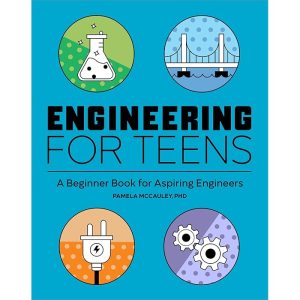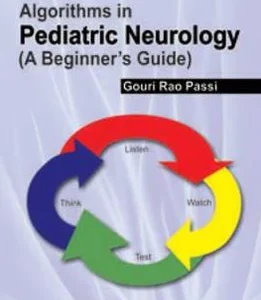Description
A **Handbook for Civil Engineering** is a comprehensive reference guide that covers various topics in the field of civil engineering. It provides essential information, guidelines, design principles, formulas, and best practices for civil engineers working in construction, infrastructure, and environmental projects.
Here is a broad outline of what you might expect to find in such a handbook:
### 1. **Introduction to Civil Engineering**
– Definition, history, and evolution of civil engineering.
– The role of civil engineers in infrastructure development.
– Various branches of civil engineering, including structural, environmental, transportation, geotechnical, and water resources engineering.
### 2. **Materials in Civil Engineering**
– Properties of construction materials (concrete, steel, timber, etc.).
– Selection and testing of materials for different applications.
– Sustainable materials and green construction practices.
### 3. **Structural Engineering**
– Principles of structural design and analysis.
– Load calculations (dead loads, live loads, wind loads, seismic loads).
– Structural systems (beams, columns, slabs, frames).
– Concrete design (reinforced concrete, prestressed concrete).
– Steel structures (design codes and standards).
– Foundation design (shallow and deep foundations).
– Structural health monitoring.
### 4. **Geotechnical Engineering**
– Soil mechanics and properties.
– Site investigation and soil testing.
– Foundation engineering.
– Slope stability and retaining walls.
– Ground improvement techniques.
### 5. **Transportation Engineering**
– Design and construction of roads, highways, and railways.
– Traffic analysis and management.
– Pavement design and materials.
– Transportation systems planning and sustainability.
### 6. **Water Resources Engineering**
– Hydrology and hydraulics.
– Water supply systems (design and analysis).
– Sewerage systems and wastewater treatment.
– Stormwater management and flood control.
– Irrigation and drainage systems.
### 7. **Environmental Engineering**
– Environmental impact assessments (EIAs).
– Wastewater treatment and management.
– Air and water quality management.
– Solid waste management.
– Sustainable development and green building design.
### 8. **Construction Management and Techniques**
– Project planning and scheduling (CPM, PERT).
– Construction methods and technologies.
– Construction safety and risk management.
– Quality control and assurance.
– Cost estimation and budgeting.
– Contract management and legal aspects.
### 9. **Building Codes and Standards**
– National and international codes (e.g., AISC, ACI, BS, ISO, etc.).
– Codes for seismic design, wind load, and fire safety.
– Compliance and regulations for construction projects.
### 10. **Innovations and Emerging Trends**
– Smart cities and digital construction.
– Use of BIM (Building Information Modeling) in civil engineering.
– Sustainable infrastructure.
– Advances in material technology.
– Automation and robotics in construction.
### 11. **Mathematical and Analytical Tools**
– Structural analysis techniques (static, dynamic, and finite element methods).
– Soil-structure interaction.
– Environmental modeling and simulation tools.
– Software tools (AutoCAD, Revit, SAP2000, etc.).
### 12. **Professional Practice**
– Ethics and responsibilities in civil engineering.
– Continuing education and professional development.
– Role of professional bodies (e.g., ASCE, ICE).
– Certification and licensing.
—
A **Civil Engineering Handbook** may also include case studies, real-world applications, illustrations, diagrams, and solved examples to help engineers understand how to apply theory into practice.
Some popular examples of civil engineering handbooks are:
– **”Handbook of Civil Engineering”** by S. L. Koirala and S. S. Koirala
– **”The Civil Engineering Handbook”** by W.F. Chen and J.Y. Richard Liew
– **”Civil Engineering Handbook”** by C. L. F. W. Allen.






















Reviews
There are no reviews yet.